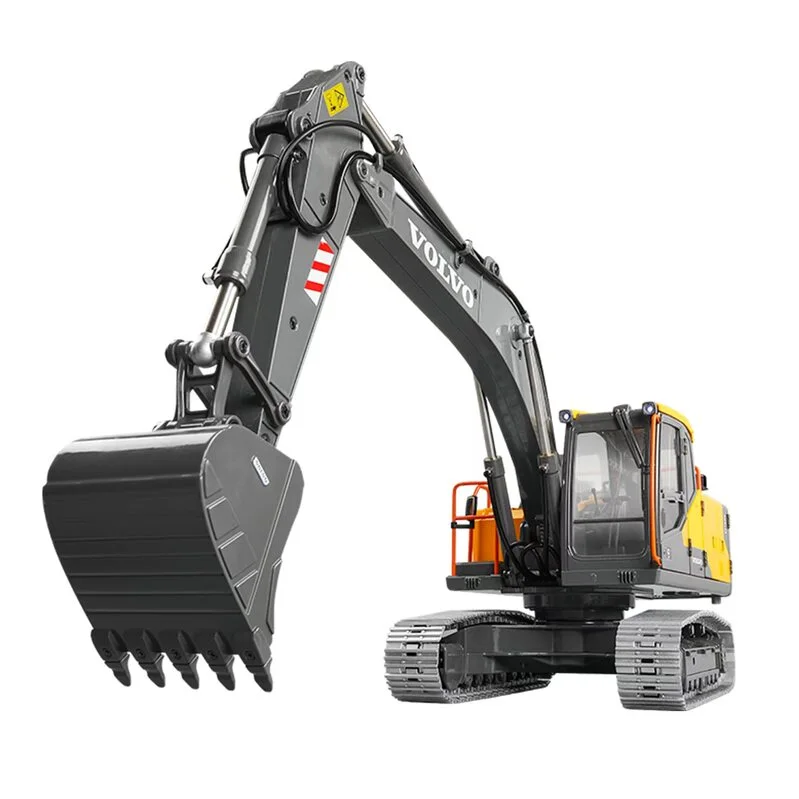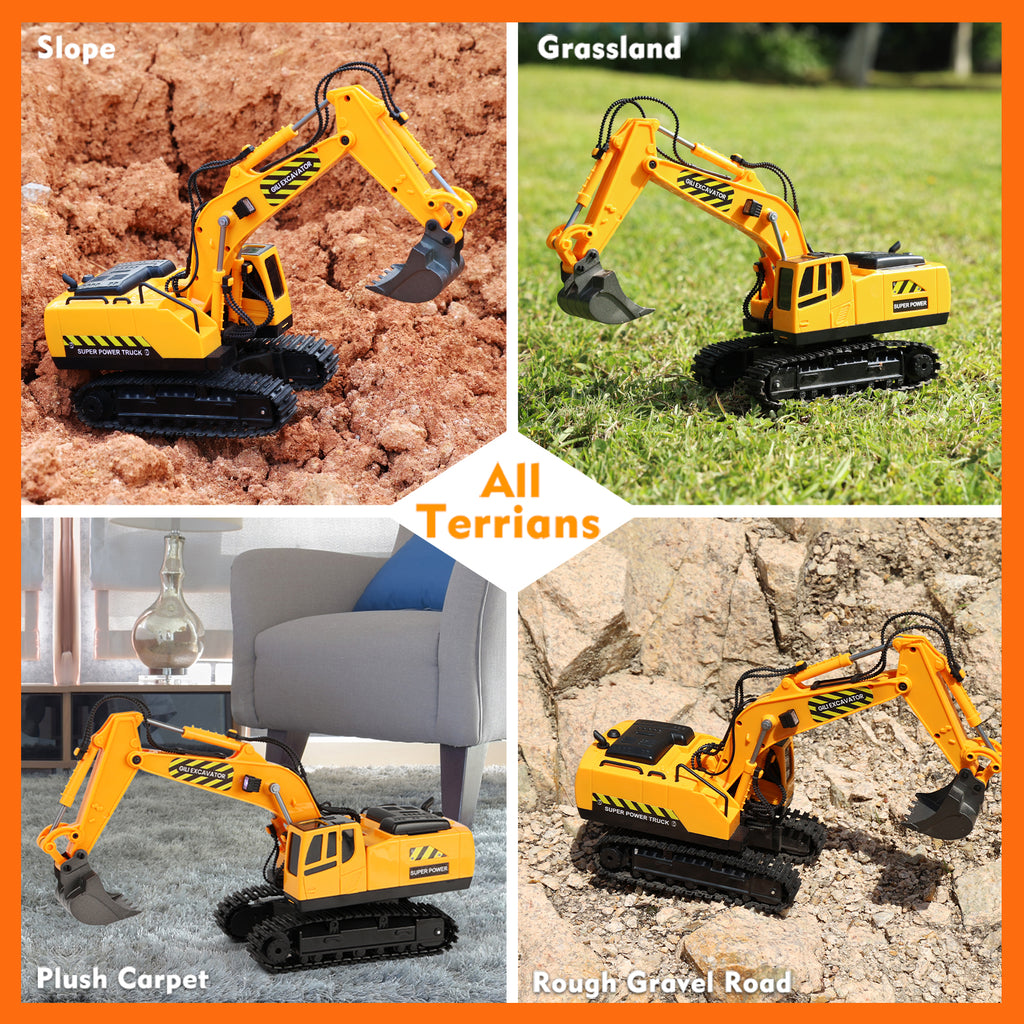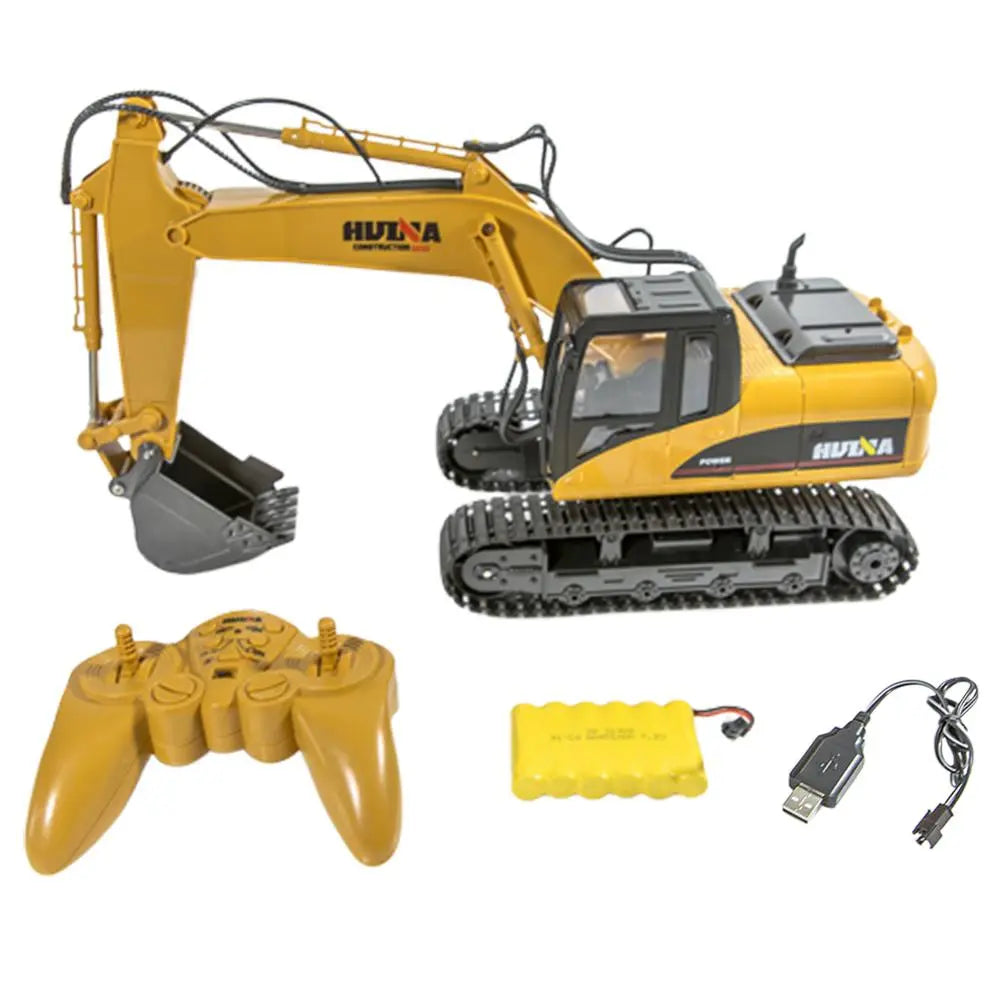The Essential Features of Excavator That Make It a Must-Have Device
Excavators are indispensable in the construction and landscape design industries. Their flexible add-ons enable a series of jobs, from excavating to demolition. Furthermore, they boast remarkable excavating deepness and reach, powered by robust engines. Driver convenience and small designs boost functionality in numerous atmospheres. What truly establishes excavators apart are their innovative hydraulic systems and resilience. Understanding these functions can clarify why they are thought about essential tools on any type of work site.
Flexible Accessories for Boosted Functionality
Although excavators are powerful makers on their own, the enhancement of versatile accessories considerably improves their performance. These accessories change a conventional excavator into a multi-purpose tool, appropriate for a range of tasks. Pails, for instance, can be found in numerous forms and sizes, allowing drivers to dig, scoop, and move materials efficiently. Hydraulic thumbs can be added for improved gripping and handling of bulky things, such as logs or rocks.Furthermore, specialized add-ons like augers and breakers enable boring and demolition job, broadening the excavator's utility on building sites. remote control excavator. Grapples are another choice, perfect for moving and arranging debris. This flexibility not just enhances efficiency however additionally decreases the requirement for several devices, conserving time and costs. By equipping excavators with the best add-ons, drivers can deal with diverse jobs, making them vital in the building and construction sector
Superior Excavating Deepness and Get To
Excavators are made with premium excavating depth and reach, permitting them to maneuver in tight areas and accessibility hard-to-reach areas. This capability is essential for different building and construction and excavation projects, where standard equipment may fail. With flexible boom arms and extendable tracks, excavators can conveniently browse unequal terrain while maintaining stability.The excavating deepness can differ significantly amongst designs, frequently varying from 10 to 25 feet, depending on the design and objective. This feature enables operators to excavate structures, trenches, and various other deep structures effectively. Furthermore, the reach of an excavator permits for accurate excavating and product handling without repositioning the equipment frequently, saving time and labor costs.Ultimately, the remarkable excavating depth and reach of excavators make them vital for specialists looking for to complete complicated tasks with precision and efficiency. Their flexibility boosts efficiency on work sites, showcasing them as a necessary tool in modern-day construction.
Powerful Engine Performance

When it comes to efficiency and productivity on building and construction websites, powerful engine efficiency plays a pivotal role in the capacities of an excavator. A robust engine produces considerable horsepower, permitting the machine to take on durable jobs easily - remote control excavator. This stamina equates into faster cycle times, making it possible for drivers to full projects extra quickly.Additionally, powerful engines give the needed torque to manage challenging surfaces and varied lots, making certain that the excavator can do effectively under different problems. Whether it is lifting, digging, or relocating products, the engine's efficiency directly influences the general operational effectiveness of the machine.Furthermore, developments in engine innovation have actually caused enhanced gas performance, minimizing functional prices while preserving power output. Eventually, the engine's efficiency acts as the backbone of an excavator, verifying its status as a crucial device in the building and construction industry
Advanced Hydraulic Equipments

Improved Raising Capability
A substantial improvement in lifting ability can be attributed to advanced hydraulic systems found in contemporary excavators. These systems use high-pressure liquid to produce better force, enabling operators to lift heavier loads with ease. The design behind these hydraulics guarantees peak performance, giving a remarkable power-to-weight proportion that improves total effectiveness. Therefore, excavators can deal with requiring tasks, such as lifting large products or devices, without compromising security. In addition, the robust design of hydraulic components adds to increased sturdiness and integrity, making them suitable for various building and construction environments. This enhanced training ability not just reduces the moment required for tasks but also reduces the demand for additional equipment, showing vital for both productivity and cost-effectiveness in the building and construction sector.
Enhanced Accuracy Control
Conventional excavators typically struggled with precision, modern-day hydraulic systems have actually changed control mechanisms, making it possible for operators to carry out jobs with amazing accuracy. These innovative systems use proportional control valves that permit smoother and much more receptive activities, significantly lowering the margin for error. Operators can now carefully tune the excavator's movements, making it easier to browse limited spaces and manage delicate products. Improved responses systems even more educate drivers of real-time efficiency, making sure perfect coordination in between the equipment and driver. This increased precision not only enhances performance yet also enhances safety and security on task websites, lessening the risk of crashes. Consequently, modern excavators outfitted with sophisticated hydraulic systems are indispensable devices for construction and excavation tasks requiring precise precision.
Driver Comfort and Presence
Operator comfort and presence are essential components in the style of modern-day excavators (remote control excavator). Functions such as ergonomic seat design, boosted presence options, and reliable control layouts considerably enhance the driver's experience and productivity. Prioritizing these facets guarantees that drivers can work efficiently and securely in various conditions
Ergonomic Seat Style
Convenience and presence are vital in excavator design, with the ergonomic seat playing an essential function in boosting the operator's experience. An ergonomic seat is engineered to sustain the operator's body, decreasing tiredness throughout long hours of operation. Adjustable attributes, such as seat height, backrest angle, and back support, deal with specific choices and promote ideal pose. These modifications enhance comfort and allow the operator to maintain concentrate on jobs without discomfort. Furthermore, a properly designed seat can give much better lateral support, enabling smoother handling when the excavator functions. This thoughtful design not just improves efficiency yet additionally adds to overall safety and security, guaranteeing that operators can do their obligations properly and effectively.
Improved Exposure Attributes
The style of an excavator expands past just the seat, with boosted exposure features playing a significant role in driver comfort and general security. Large home windows and tactically located mirrors give drivers with a clear view of their surroundings, reducing blind places. This style consideration enables for better spatial recognition, which is necessary in hectic workplace. Furthermore, numerous excavators integrate rearview video cameras and advanced tracking systems that help operators in maneuvering tight rooms. The combination of these presence includes not just advertises safety and security however likewise lowers driver fatigue by making it possible for simpler monitoring of job locations. Inevitably, enhanced exposure adds to much more effective procedures and assists ensure that excavators can execute their tasks effectively and securely.
Control Design Performance
While handling facility work sites, an effective control layout greatly enhances both driver convenience and presence. A properly designed control setup guarantees that operators can access vital functions with very little effort, decreasing tiredness during lengthy hours. Ergonomic joystick positionings and intuitive switch setups permit smooth operation, enabling operators to preserve concentrate on the job available. Furthermore, clear visibility of both the workspace and the control panel is crucial for security and accuracy. Modern excavators usually include flexible seats and control settings to accommodate various operator choices, even more enhancing comfort. Ultimately, an attentively developed control design not just boosts performance however also fosters a much safer working atmosphere by allowing operators to react promptly to changing conditions.
Compact Layout for Urban Environments
As city building and construction websites often face room restrictions, a small design becomes crucial for excavators running in these atmospheres. These machines are crafted to browse limited rooms, enabling effective ability to move in jampacked work sites. A minimized impact enables them to work very closely to existing structures, lessening interruption and making the most of productivity.The compact layout usually consists of shorter tracks and a tighter transforming radius, facilitating operation in slim streets and constrained areas. Lightweight products add to relieve of transportation, making it simpler to relocate the excavator from one place to another within the urban landscape.Additionally, lots of portable excavators are outfitted with attributes his explanation such as flexible add-ons and extendable arms, improving their functionality while preserving a little size. This versatility allows operators to tackle a variety of tasks, from digging to demolition, all while fitting seamlessly into the restrictions of city atmospheres.

Longevity and Maintenance Considerations
Sturdiness stands as an essential variable in the performance and long life of excavators, particularly in demanding urban settings. These equipments undergo strenuous conditions, consisting of varying soil types, extreme temperature levels, and high-frequency use. High-quality products and robust building and construction are required for making sure that excavators can withstand these difficulties without jeopardizing functionality.Regular upkeep is equally crucial in preserving durability. Arranged assessments, timely oil changes, and the replacement of used components add substantially to an excavator's life-span. Operators should also pay focus to hydraulic systems, tracks, and undercarriages, as these parts often bear the burden of wear and tear.Investing in resilient excavators with extensive upkeep strategies enhances integrity and reduces downtime, ultimately resulting in boosted efficiency on building sites. Therefore, comprehending the interaction in between resilience and upkeep is crucial for any individual considering the acquisition of an excavator for city tasks.
Frequently Asked Inquiries
How Do Excavators Contrast to Other Building And Construction Equipment?
Excavators stand out among building tools due to their versatility, allowing jobs such as grading, digging, and lifting. Contrasted to others, their hydraulic abilities use better performance and power, making them vital on numerous task websites.
What Safety And Security Includes Are Consisted Of in Modern Excavators?
Modern excavators incorporate different security functions, consisting of rollover security systems, alarm systems, and progressed exposure improvements. These elements function together to lessen dangers, ensuring driver security while boosting efficiency on construction sites and various other demanding atmospheres.

Can Excavators Be Utilized in Winter Season Issues?
Excavators can undoubtedly be used in winter problems, given they are equipped with ideal winter months attachments and precautions are taken. Proper maintenance and changes boost their performance, making certain effective operation regardless of challenging weather circumstances.
What Is the Typical Lifespan of an Excavator?
The ordinary lifespan of an excavator commonly varies from 7,000 to 10,000 hours of operation. This duration can considerably depend upon upkeep methods, operating problems, and the specific version's longevity and layout functions.
How Do I Select the Right Excavator Size for My Job?
Selecting the appropriate excavator dimension entails examining job scope, website conditions, and material types. Consider aspects like reach, deepness requirements, and weight ability to ensure maximum performance and safety and security during operation. Size issues considerably in task success. Furthermore, the reach of an excavator enables for accurate pop over to this site excavating and product handling without rearranging the maker frequently, conserving time and labor costs.Ultimately, the superior digging depth and reach of excavators make them vital for specialists looking for to finish intricate tasks with precision and performance. Comfort and presence are vital in excavator style, with the ergonomic seat playing an essential role in boosting the operator's experience. The layout of an excavator prolongs past simply the seat, with boosted presence functions playing a substantial duty in operator convenience and overall security. Modern excavators typically include flexible seats and control settings to fit numerous operator choices, better boosting comfort. Light-weight products add to relieve of transport, making it less complex to relocate review the excavator from one area to another within the metropolitan landscape.Additionally, many portable excavators are outfitted with attributes such as extendable arms and versatile accessories, enhancing their capability while maintaining a small size.